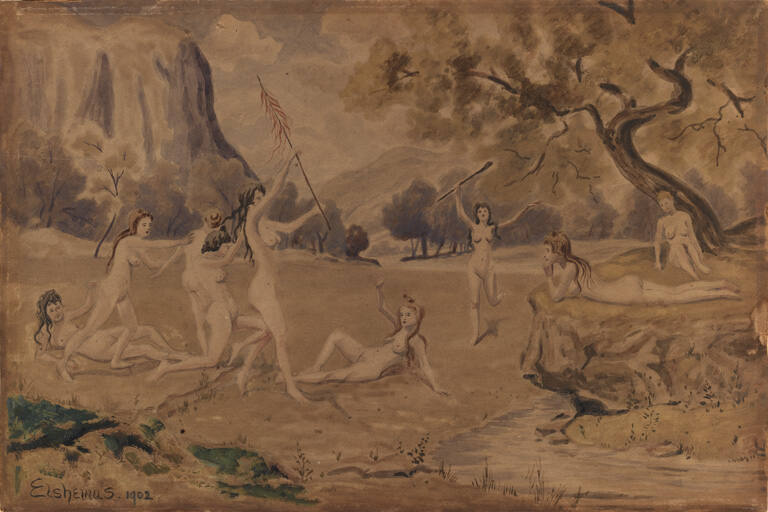
Object Details
Artist
Wang Yachen
Date
1969
Medium
Hanging scroll: ink on paper
Dimensions
Width: 17 inches (43.2 cm)
Credit Line
Gift of Benjamin Chou and Christina L. Fang
Object
Number
2005.085.002
Frolicking Fish represents Wang Yachen’s typical late style, developed after he moved to the Unite(…)
Frolicking Fish represents Wang Yachen’s typical late style, developed after he moved to the United States in 1948. Wang’s artistic career can be divided into three main phases: learning and practicing Western-style painting before 1930; combining Chinese and Western painting between 1930 and 1948; and returning to a traditional style after 1948. Wang Yachen played a significant role in art circles during the first half of the twentieth century. Both his art and his numerous writings explored the differences and similarities between Chinese and Western painting. His effort at combining these styles exemplifies the collective undercurrent among his generation of Chinese intellectuals to promote awareness of and support for modernizing Chinese society. (“Debating Art: Chinese Intellectuals at the Crossroads,” curated by Yuhua Ding, with assistance by Elizabeth Emrich, and presented at the Johnson Museum February 2-July 8, 2018)












